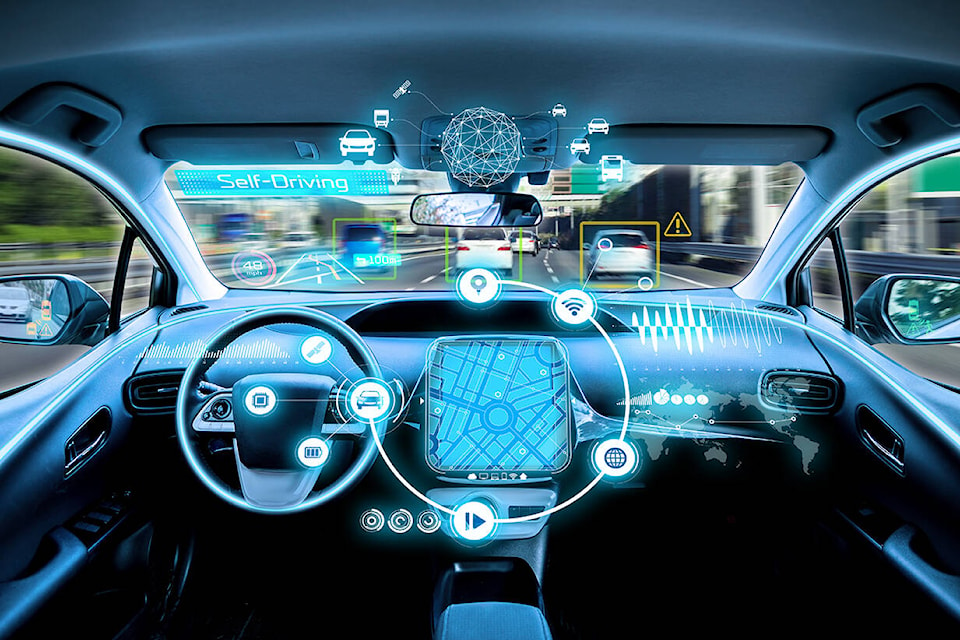By Blair Qualey
For decades there has been a steady and exponential shift towards increased connectivity in consumer vehicles, and now connected vehicles are becoming a reality instead of residing solely in the realm of science fiction.
By 2030, about 95 per cent of new vehicles sold globally will be connected, up from around 50 per cent today, according to McKinsey & Company, meaning connectivity is here to stay. While benefits to consumers are plentiful, connectivity also presents several pressing security concerns that must be taken into consideration.
As the industry continues to boldly move ahead, security remains a top priority. A breach of a car’s network wouldn’t just compromise the privacy of a driver’s data, attacks could threaten the very safety of the vehicle’s occupants. Hackers could also infiltrate connected cars to steal personal data, compromise infotainment or navigation units as well as disable anti-theft alarm systems. Any loss of data is usually accompanied by a loss of privacy – another critical consideration in the age of connectivity.
To protect against these potentially damaging attacks, a multi-stakeholder approach is necessary.
From OEMs to regulators and even consumers – all play an important role in maintaining the integrity of the connected cars that we all enjoy today. But how exactly can we safeguard against cyberattacks?
For starters, authentication is a key component – maintaining rigorous identity and access management will be a pivotal factor moving forward.
Regular and timely security updates for vehicle software systems, particularly over-the-air, can also help patch any vulnerabilities as they are uncovered.
The ability to upgrade software on the go will soon become an essential component in maintaining tight security protocols in vehicles of the future.
Another security consideration is to remain wary of plugging third-party devices into your vehicle, as they may be a source of unauthorized access.
Modern cars are all equipped with OBD-II, a special port that technicians use when testing systems – ensuring that only certified, trained professionals work on your vehicle could add an extra layer of safety and peace of mind.
Maintaining the integrity of your car’s cybersecurity depends largely on access to its systems. This means that any of your vehicle’s connectivity ports including Bluetooth, mobile systems and others, which provide services by receiving outside signals, can potentially be intercepted by malicious hackers. Simply turning off these options when they’re not needed can eliminate entry points into your vehicle’s systems, making them less susceptible to remote hacks.
As our technology evolves so will cybersecurity, which requires a multi-faceted approach to maintain the safety and security of your vehicle and its occupants. By staying vigilant and up to date with the latest upgrades, you can ensure the safety of your car and yourself.
Blair Qualey is President and CEO of the New Car Dealers Association of BC. You can email him at bqualey@newcardealers.ca.



